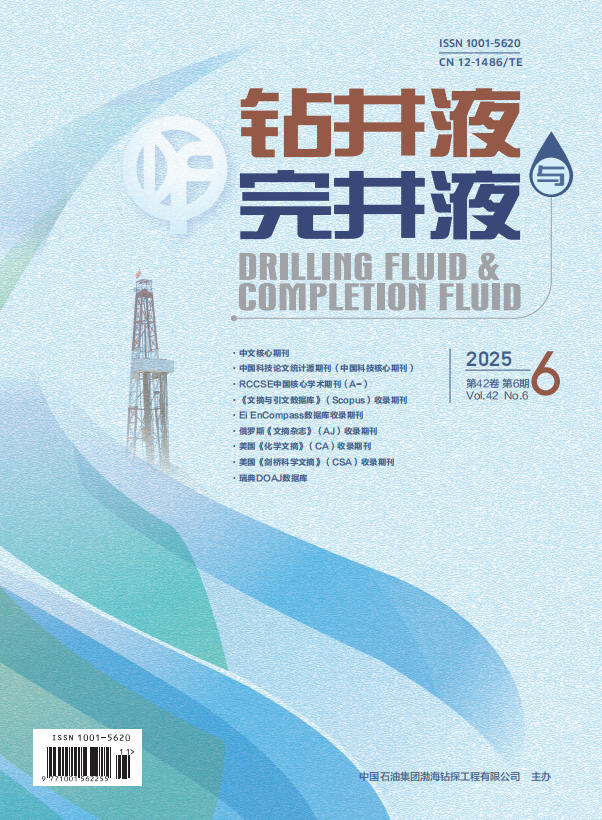Abstract:
The Syl gas field located in Country B has complex geological structures. 21 wells were drilled in this gas field, nine of which have encountered pipe sticking during drilling, 7 abandoned. During drilling of the 21 wells, 23 times of various drilling troubles took place. To better develop the Syl gas field, a cooperation agreement was reached between the National Gas Field Company Ltd. of the country B and Sinopec, which proposed 4 wells in this gas field. The Well Syl-25 was the first well to be drilled, with designed depth of 3,200 m, and actual drilled depth of 3,560 m. Different drilling fluid formulation were selected for use in different intervals. To avoid the flow of drilling fluid over the shale shakers in siltstone drilling, the bentonite content of the drilling fluid was reasonably increased and the inhibitive capacity improved. Good mud rheology, which was maintained to clean the hole, accompanied by reaming operation, overcame the problem of "sudden slim hole" along the sandstone section in the Block Syl. In drilling the fourth interval, amine based poly alcohol drilling fluid was used to stabilize the borehole wall. The Well Syl-25 was finally deepened to 3,560 m with the consent from drilling and geology engineers. Drilling of the hole section from 3,200-3,560 m, which had never been performed in the past in the country B, not only helped the engineers obtain lithological data of this section, it also found 7 extra pay zones with high production rates. Completion tests of the well gave birth to 640,000 m3/day industrial gas flow.



